Japanese art and fusions of mythology, religion, philosophy, and ghosts
Lee Jay Walker
Modern Tokyo Times
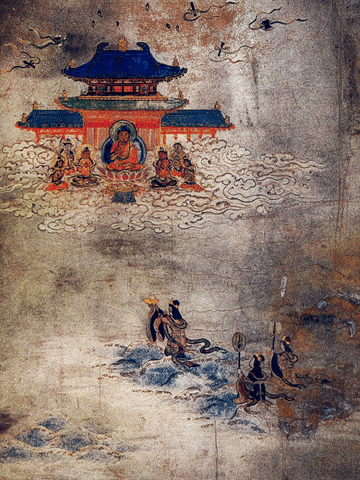
The richness of Japanese art is a treasure to behold. This concerns the impact of Chinese art on the land of the rising sun – to the extremely indigenous and diverse artistic world of ukiyo-e, which depicted anything from adorable landscapes, gruesome murders, sexually explicit art, religious themes, ghosts, Japanese mythology, kabuki actors, beautiful ladies, and an array of other art subjects.
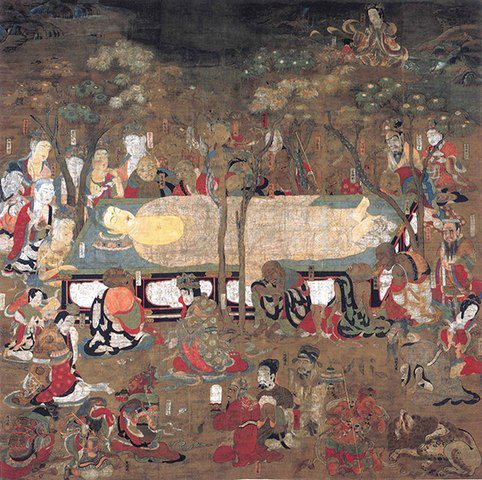
Religiously and philosophically, the ideas and beliefs of Buddhism, Confucianism, Taoism, and Shintoism have impacted Japan. Shintoism – indigenous to Japan – plays a natural role for tens of millions of people – irrespective of the extremely devout who pray regularly to individuals who connect with their culture concerning traditions through the prism of Shintoism.
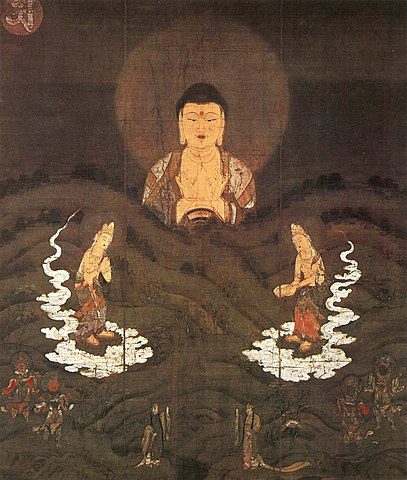
The artistic world of ukiyo-e depicted ghosts, Japanese mythology, religion, and other angles to the spiritual world – along with the hidden world of spirits in various forms and the supernatural that fascinated people. Hence, from revered images of holy Buddhist monks to Kasa-Obake (One-Legged Umbrella Spirit) enthralled people for different reasons – from hope and purpose (religion) to escapism, entertainment, passing on the richness of Japanese folklore, storytelling with friends, and the mystery that entails the hidden world.
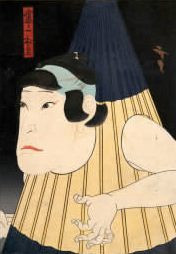
The above art piece is by Gosotei Hirosada. He depicts the Kasa-Obake in a very intriguing way. This amazing one-legged umbrella ghost is mysterious but not dangerous. Therefore, in this intriguing art piece by Hirosada, the Kasa-Obake looks more cunning than menacing.
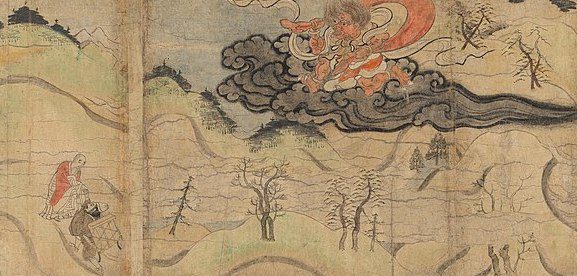
The Japanese ghost world is also the opposite direction of Buddhism, Confucianism, Taoism, and Shintoism concerning philosophy, purpose, spirituality, spirits, and other angles to each respective faith and philosophy. Thus, while Shinto shrines naturally blend in with nature – to Buddhist gardens and architecture that fuse alignment, space, and time – or the education and order of society that entails various aspects of Confucianism and Taoism – the ghost world and richness of mythology were often chaotic, unpredictable, and far from the order of scripture and conformity. Therefore, the world of ukiyo-e had a plethora of themes to intrigue people during this fleeting life.
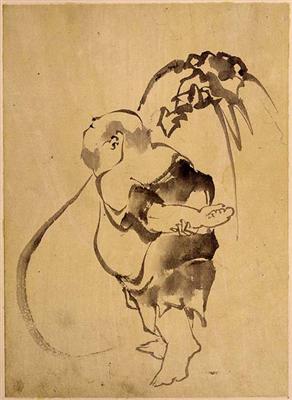
Classical Buddhist art predominates throughout the centuries of Japan when it comes to the spiritual angle of art. This notably concerns the pre-Edo Period when Buddhist art was the central theme. Hence, the world of Japanese high culture – along with the potency of architecture and holy Buddhist and Shinto places of worship – fuse naturally in the environs of Ise, Koyasan, Kumano, Kyoto, Nara, Negoro-ji, Nikko, and other places that attract tourists and people on their spiritual journeys.
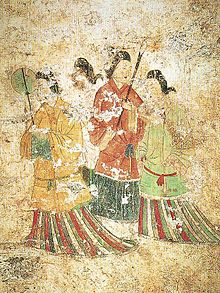
Overall, the world of the supernatural and the importance of mythology were kept alive through the prism of art – from ghosts to Japanese folklore, each new generation would connect. Equally – if individuals sought balance through the flow of Buddhism, Confucianism, Taoism, and Shintoism – the world of art, literature, and poetry all played an important role where spirituality, purpose, substance, and philosophy interlinked naturally through the prism of art.

Modern Tokyo News is part of the Modern Tokyo Times group
DONATIONS to SUPPORT MODERN TOKYO TIMES – please pay PayPal and DONATE to sawakoart@gmail.com
http://moderntokyotimes.com Modern Tokyo Times – International News and Japan News
http://sawakoart.com – Sawako Utsumi personal website and Modern Tokyo Times artist
https://moderntokyonews.com Modern Tokyo News – Tokyo News and International News
http://global-security-news.com Global Security News – Geopolitics and Terrorism
PLEASE JOIN ON TWITTER
https://twitter.com/MTT_News Modern Tokyo Times
PLEASE JOIN ON FACEBOOK
https://www.facebook.com/moderntokyotimes